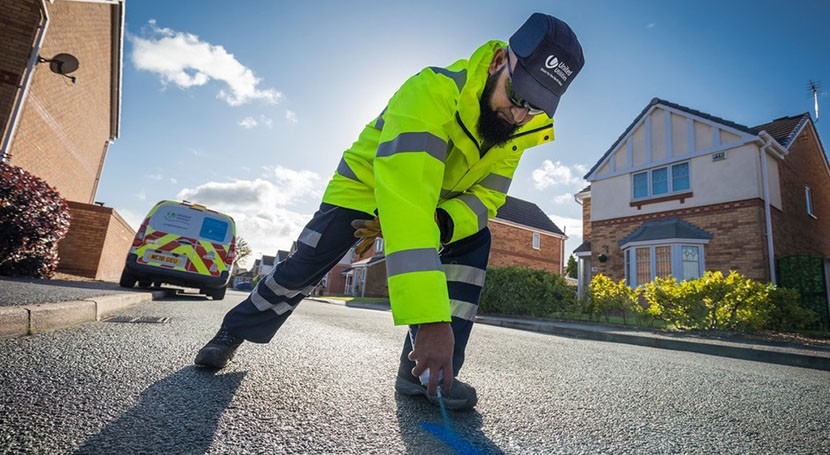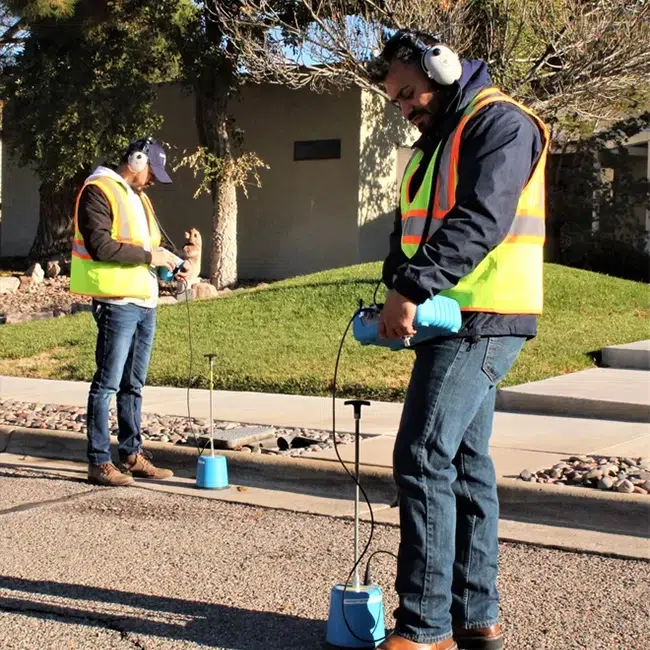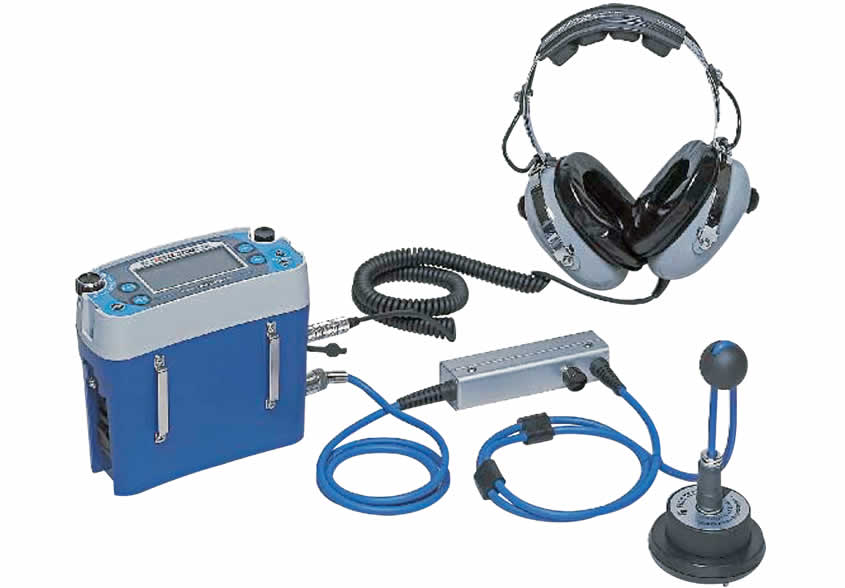Ingenious Solutions for Very Early Discovery of Water Leaks in Buildings and Framework
As the honesty of structures and infrastructure is critical, the obstacle of very early detection of water leaks has spurred cutting-edge remedies that guarantee to transform the way we protect against possible damages. From innovative leak detection technologies to the deployment of IoT sensing units for real-time tracking, the landscape of leakage prevention is advancing quickly. Artificial intelligence algorithms provide a peek right into the future of leak prediction, while thermal imaging provides a non-intrusive approach for identifying covert leakages. Automated water flow evaluation systems are improving how leakages are recognized and dealt with, leading the method for a positive method to water leak discovery. Each of these services holds the key to guaranteeing the integrity and durability of our built atmosphere, prompting a shift towards a more lasting and effective future.
Advanced Leakage Discovery Technologies
Advanced leakage detection innovations, furnished with cutting-edge sensors and formulas, play a vital role in swiftly identifying and pinpointing water leakages in different setups. Electro-magnetic sensors can recognize modifications in electromagnetic fields caused by water, providing yet one more layer of leakage detection ability.

IoT Sensors for Real-Time Monitoring
In the realm of modern water leak detection, the assimilation of IoT sensors for real-time monitoring stands for a critical advancement in enhancing positive leakage discovery capacities. These sensors provide constant tracking of water systems, supplying real-time data on water circulation prices, stress variants, and temperature adjustments. By leveraging IoT technology, these sensors can detect even the tiniest abnormalities in water usage patterns, enabling very early recognition of prospective leaks before they intensify right into significant concerns.
IoT sensors transfer data to a central system, where innovative formulas analyze the information and generate signals or alerts when irregularities are found. This real-time monitoring ability allows homeowner or center supervisors to quickly attend to leaks, reducing water damage, reducing repair service prices, and saving water sources.
Additionally, IoT sensing units can be integrated with building monitoring systems, enabling automatic actions to spotted leaks, such as closing off water shutoffs or activating pumps to mitigate the influence of leaks. In general, the application of IoT sensing units for real-time monitoring significantly improves the performance and performance of water leak discovery in structures and infrastructure.
Machine Learning Algorithms for Leakage Prediction

One secret advantage of making use of machine learning for leak prediction is its capability to continuously discover and improve its precision with time. As even more information is accumulated and fed right into the formula, it can refine its predictions and adapt to changing problems, ultimately increasing the dependability of leakage detection systems.
Furthermore, artificial intelligence formulas can assist in determining refined indicators of leakages that might go undetected by standard tracking techniques. water leak detection. By analyzing complicated information embed in real-time, these formulas can provide very early warnings and signals, enabling timely treatment and preventive upkeep to reduce prospective water damage and connected prices
Utilizing Thermal Imaging for Leakage Detection
Thermal imaging innovation offers an encouraging technique for identifying water leaks in numerous systems and facilities. By using infrared radiation and temperature variations, thermal imaging electronic cameras can determine covert leaks that are not easily noticeable to the naked eye. When water gets away from pipes or frameworks, it often transforms the temperature level of the bordering location, creating temperature level differentials that view it now thermal cams can capture. These temperature abnormalities are after that equated right into noticeable pictures, highlighting the specific place of the leak.
One of the crucial benefits of thermal imaging for leakage discovery is its non-intrusive nature. Unlike conventional techniques that might call for getting into walls or floorings to find leaks, thermal imaging permits non-destructive testing. This not just saves time and lowers costs but additionally reduces disruption to the structure or facilities being assessed. Furthermore, thermal imaging can promptly check large locations, giving an extensive overview of possible leakage sources in a prompt fashion. Overall, the usage of thermal imaging technology boosts the performance and accuracy of water leak discovery, making it a beneficial device for keeping the honesty of structures and infrastructures.
Automated Water Circulation Analysis Equipments
Exactly how can automatic water flow analysis systems transform the discovery and management of leakages in numerous systems and facilities? Automated water flow evaluation systems use a proactive strategy to leak detection by continuously checking water flow rates and patterns. By developing standard data, these systems can rapidly recognize deviations that may suggest a leak, enabling prompt intervention to protect against considerable damages.
These systems use innovative algorithms to evaluate real-time information and give immediate alerts when anomalies are spotted, permitting click for more info quick action to be taken. Furthermore, computerized water flow analysis systems can be integrated with structure monitoring systems or IoT platforms, enhancing total effectiveness and making it possible for remote tracking capacities.
Furthermore, the data gathered by these systems can be utilized for anticipating upkeep functions, aiding to recognize possible powerlessness in the infrastructure prior to leakages happen. Overall, the execution of automatic water circulation evaluation systems can dramatically enhance leak detection and administration techniques, ultimately causing cost financial savings, minimized water wastage, and enhanced sustainability in structures and infrastructure.

Conclusion
Finally, the combination of advanced leakage discovery modern technologies, IoT sensors, maker learning algorithms, thermal imaging, and computerized water try this site circulation analysis systems offers innovative options for early discovery of water leaks in structures and framework. These modern technologies enable real-time tracking, prediction of leaks, and efficient discovery approaches to avoid water damage and waste. Carrying out these services can aid in preserving the stability and sustainability of water systems in numerous settings.